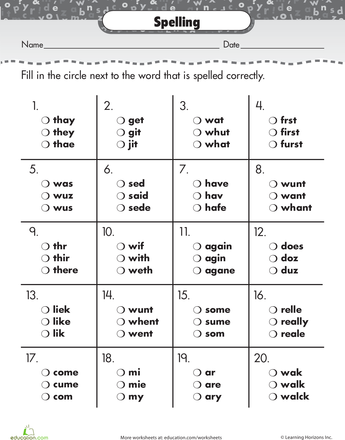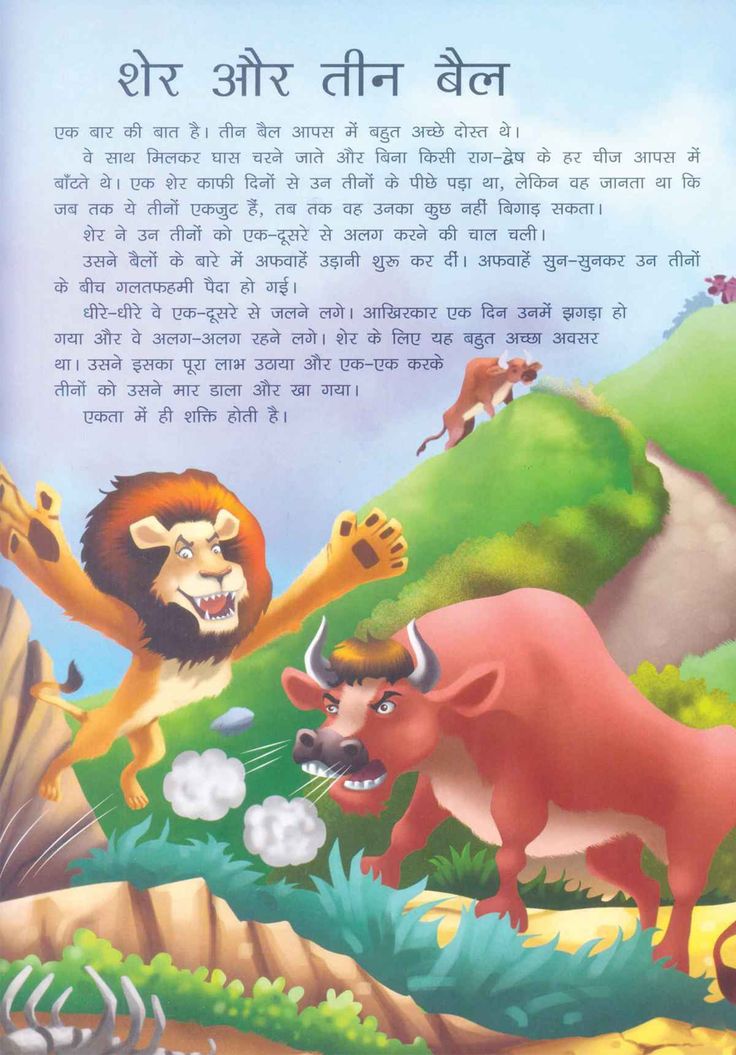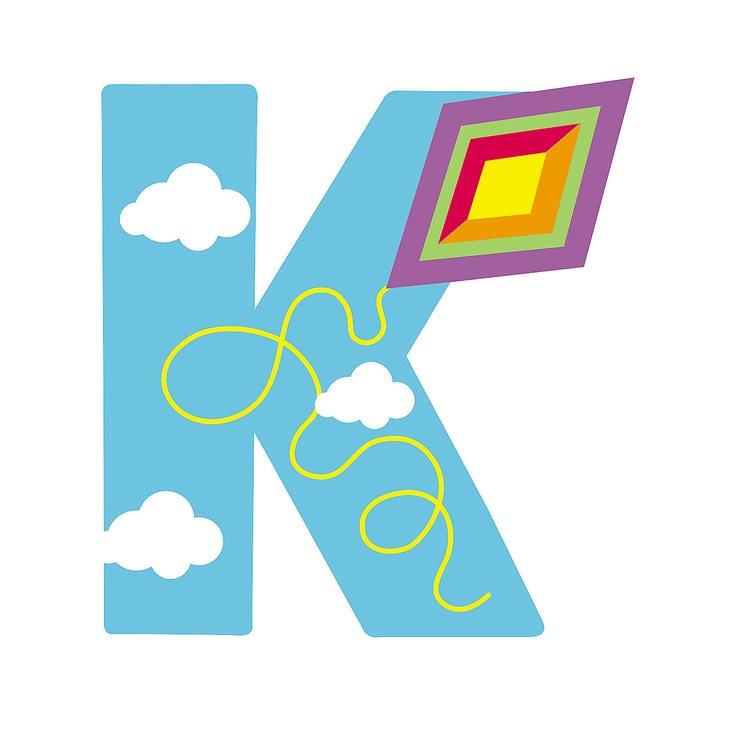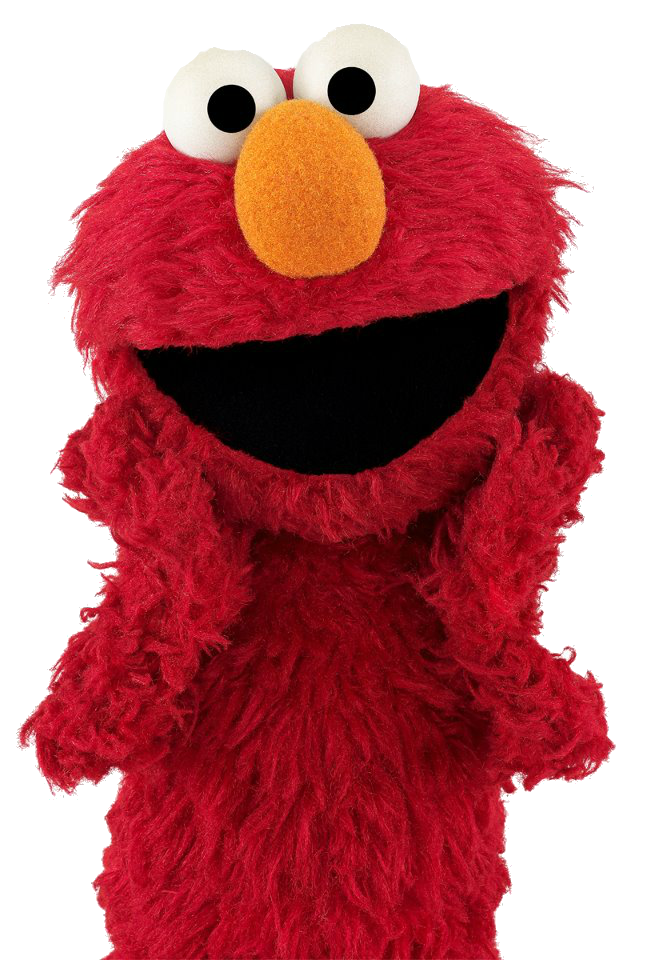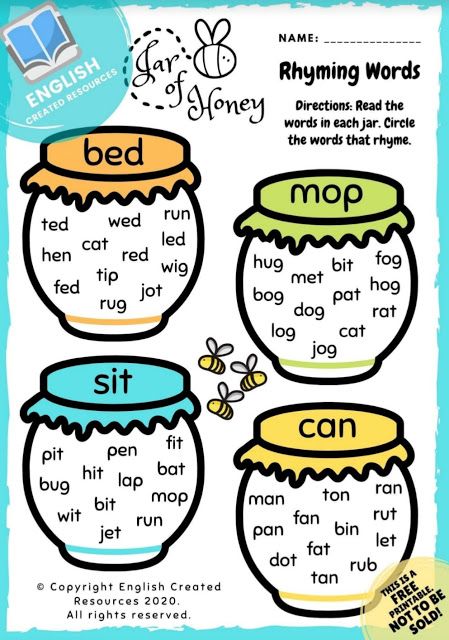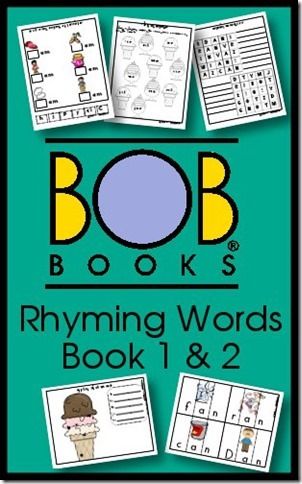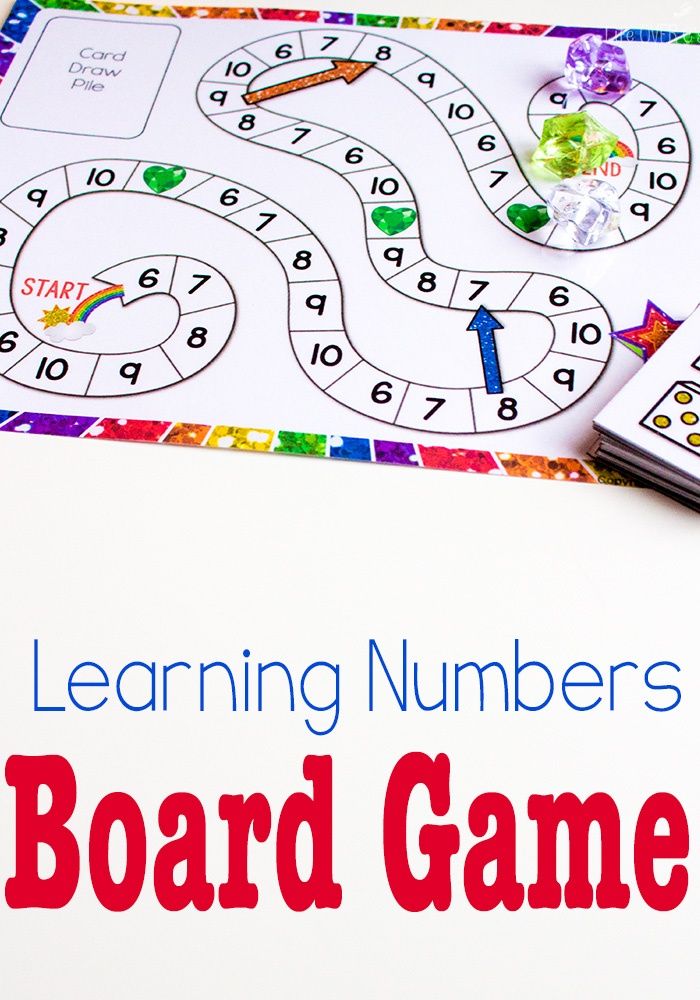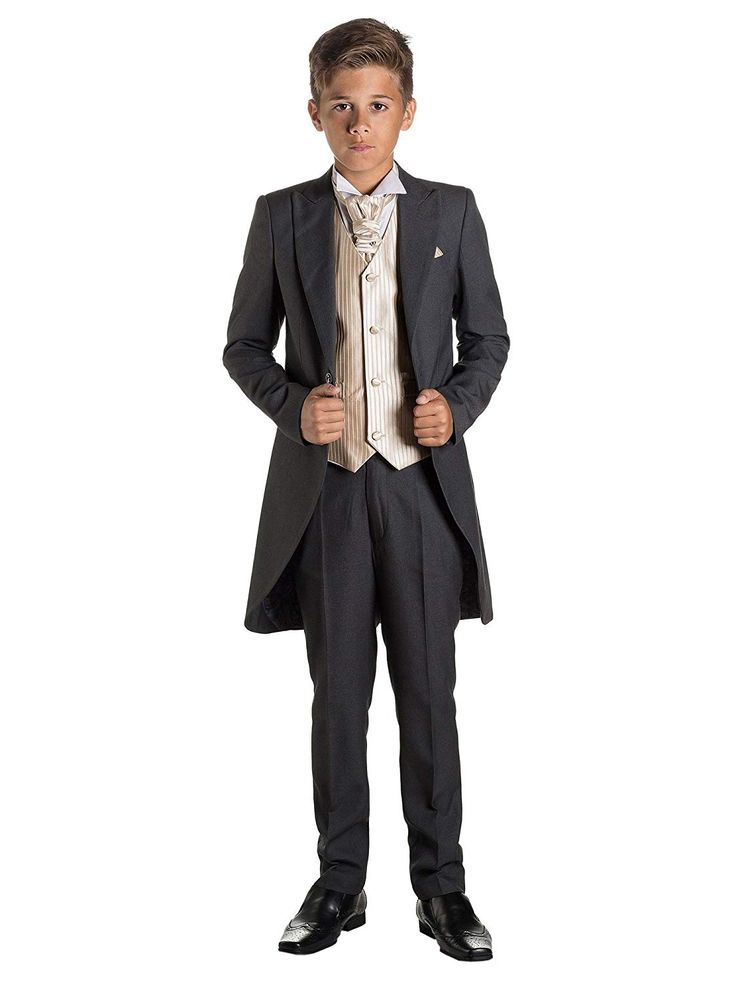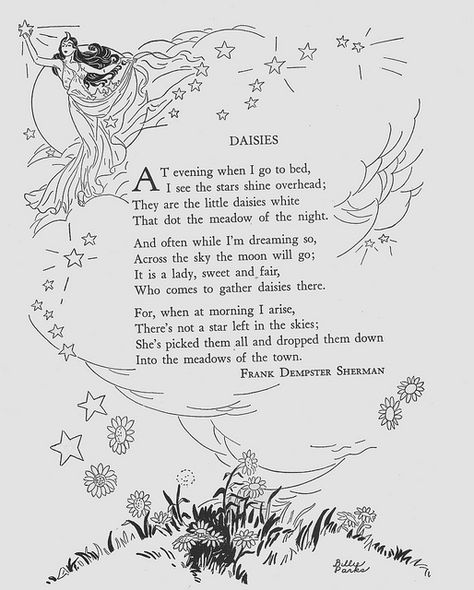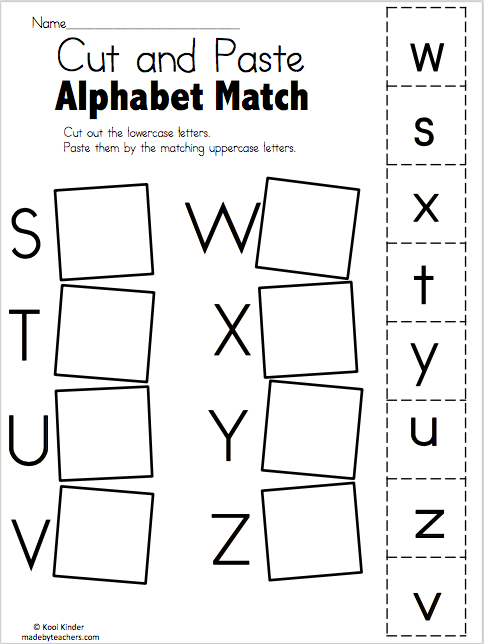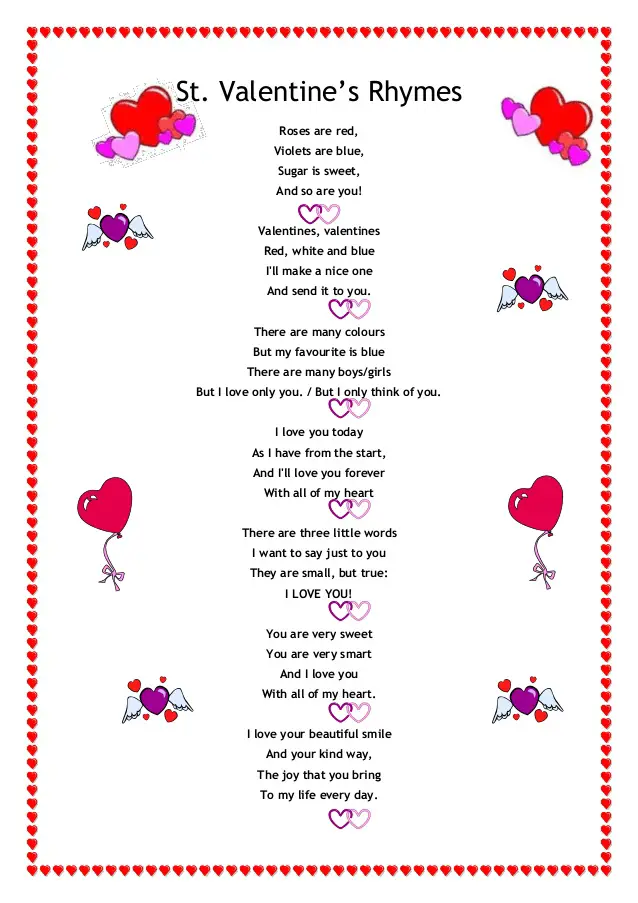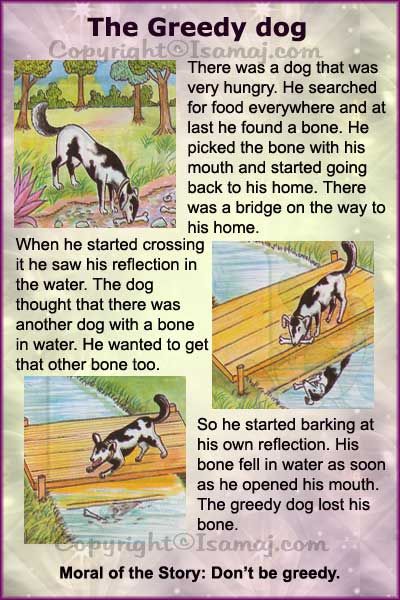Sight words for 5th graders
The Ultimate List of Fifth Grade Sight Words
Spread the love
Sight words are an essential aspect of language that is often difficult for young kids to grasp fully. You see, they fill a niche in the English language that people who have been speaking the language all their life will instinctively know regardless of your actual education on the matter.
However, young students may have a hard time understanding or identifying sight words, making teaching them a bit more tricky. Thankfully, young kids are like sponges who love innovative and exciting ways for them to absorb information. Today, we are publishing a list a fifth grade sight words that you can use with your students.
| Abdicate | equivalent | painstaking |
| Abolish | erode | pardon |
| Absurd | erupt | pasture |
| Accelerate | escalate | patient |
| Access | establish | pedestrian |
| Accommodate | evade | penetrate |
| accomplish | evident | perish |
| accurate | exasperate | petrify |
| accustom | excavate | pledge |
| afflict | exert | population |
| aggressive | expand | portrait |
| agony | expel | predict |
| alert | experiment | prelude |
| altitude | export | premature |
| ample | extinct | preserve |
| ancestor | extract | previous |
| animated | exult | prey |
| anxious | famine | primitive |
| approximate | fascinate | proceed |
| aroma | feeble | proclaim |
| ascend | ferocious | prohibit |
| assemble | fertile | prone |
| assign | Flail | prosper |
| associate | Flee | protrude |
| assume | flimsy | provide |
| available | foolhardy | provoke |
| avalanche | formal | puny |
| banquet | former | purchase |
| barren | fracture | pursue |
| bask | frigid | reassure |
| betray | frivolous | rebel |
| beverage | fume | refuge |
| bland | Gale | reign |
| blizzard | gigantic | reluctant |
| boisterous | gorge | remote |
| bondage | Grim | require |
| brace | guardian | resemble |
| brilliant | hangar | restrict |
| brittle | harbor | resume |
| budge | harsh | retain |
| bungle | harvest | retire |
| burden | heroic | revert |
| burly | Hew | revive |
| carcass | hilarious | ridicule |
| cargo | hoist | rigid |
| carnivore | horizon | riot |
| cask | hostile | ripple |
| catapult | huddle | rouse |
| celebrate | Idle | route |
| challenge | illuminate | saunter |
| character | immense | scald |
| cluster | indignant | seldom |
| colony | inflict | sensation |
| combine | intense | sever |
| companion | intercept | significant |
| compassion | introduce | slither |
| compatible | investigate | sluggish |
| compensate | Jest | snout |
| comply | jostle | soar |
| comprehend | jubilation | solitary |
| conceal | jubilee | solo |
| concept | Kin | somber |
| confident | liberate | sparse |
| conquer | likeness | spectator |
| consist | loathe | stall |
| consume | lumber | steadfast |
| contact | lurch | stimulate |
| convalesce | Lure | stupendous |
| convince | major | subsequent |
| course | makeshift | substantial |
| crave | maximum | suffocate |
| crevice | meager | summit |
| cultivate | meddle | superior |
| cumbersome | methodical | survive |
| decade | mimic | suspend |
| decline | minor | taper |
| decrease | mirth | task |
| dedicate | mischief | taunt |
| delicate | molten | teem |
| denounce | monstrous | tempest |
| dense | moral | terminate |
| depart | morsel | terse |
| deposit | navigation | thwart |
| despair | negotiate | tolerant |
| desperate | nonchalant | topple |
| destination | nostalgia | transform |
| deteriorate | notable | translate |
| dictate | numerous | tremor |
| disaster | oasis | tropical |
| distract | obedient | unwieldy |
| distress | obscure | upbringing |
| dominate | obsolete | urban |
| donate | obstacle | vertical |
| dormant | occasion | visible |
| drought | oppose | vow |
| duration | optimist | voyage |
| edible | option | waddle |
| elegant | outskirts | wilderness |
| employ | overdue | wither |
| encounter | overthrow | yearn |
5th Grade Sight Words for Students to Know
Dolch sight words are introduced to students each year from kindergarten through 3rd grade, so there aren't official 5th grade Dolch sight words. However, sight words learned in all elementary grades become the vocabulary basics. A complete list of Dolch sight words along with other sight words and activities can be used for 5th grade, especially with students who still struggle with reading.
5th grade students learning Dolch sight words
Advertisement
Dolch Sight Words for 5th Graders
By the time a student has completed 3rd grade, they will have been exposed to 220 sight words. However, for 5th grade, Dolch doesn’t have a sight word list. You could use the Dolch sight word list for all grades up through 3rd grade with 5th graders to check that they have truly mastered all the words.
5th Grade Sight Word List
In addition to the Dolch sight words, Fry sight words offer a more modern list of sight words for 5th graders. The Fry list includes 100 important sight words for 5th graders. These are words any 5th grader should be able to instantly read "by sight" rather than by sounding them out.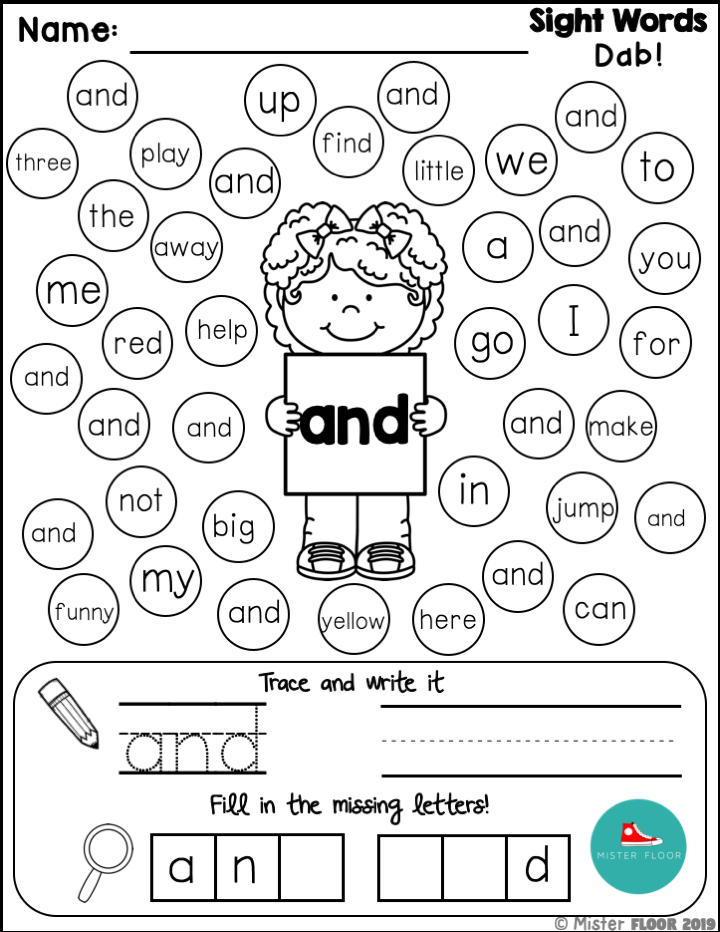 See words from the Fry sight word list along with other important sight words for your 5th graders.
See words from the Fry sight word list along with other important sight words for your 5th graders.
afternoon | already | although |
beautiful | carefully | chance |
compare | consider | corner |
details | determine | difficult |
division | electric | entire |
equation | everything | experience |
factories | finish | guess |
happiness | impossible | machine |
material | movement | neither |
ought | particular | pattern |
prepared | process | produce |
rather | silent | speak |
substance | suggest | supply |
though | thousand | tomorrow |
underline | understand | weather |
whose | wrong | yet |
5th Grade Sight Words Spelling and Vocabulary Activities
It can be fun to incorporate the Dolch and other sight words into fun games for this age group.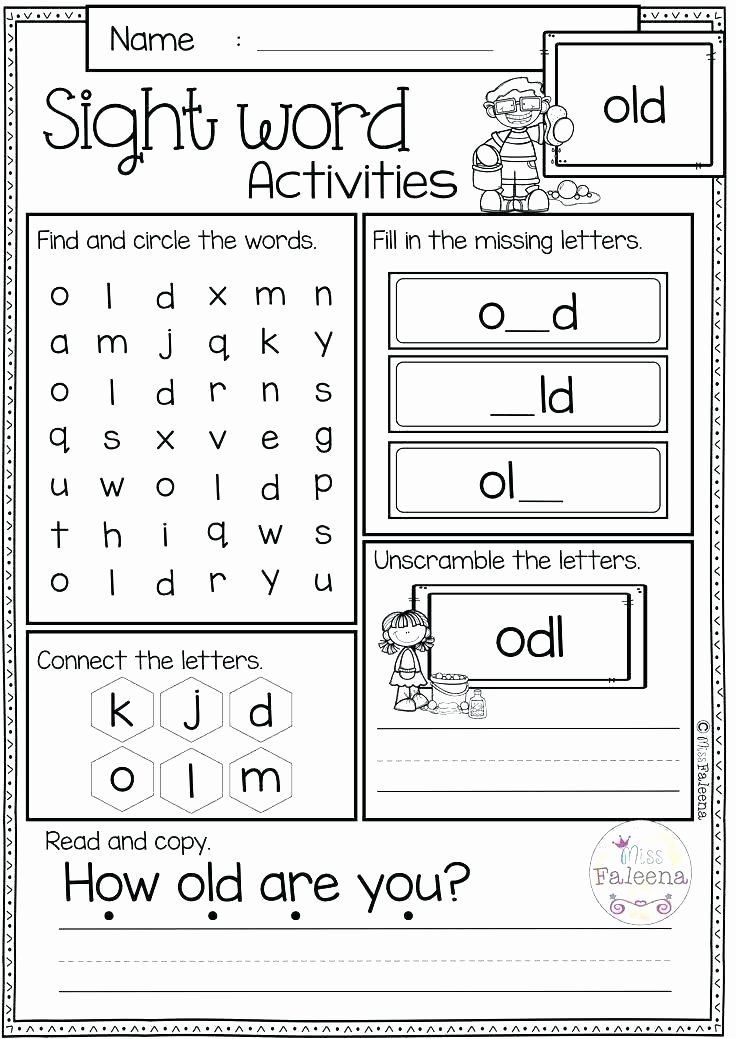
Sight Word Hangman
This is a good classroom game for spelling and can be played by two students or two teams. There is another version that you can call Melting Snowman, Disappearing Man or Invisible Man. It is like reverse Hangman, where you draw two figures on the board with an equal number of parts. They can be stick people, snowmen or anything else that can have between 12 and 15 parts. Students take turns saying a word, spelling it and repeating it. When one team member spells a word right, one part of the other team's man gets erased by him or her. The winner is the team with a part of its man showing after the other one disappears or melts. This game could also be used for vocabulary practice.
Spelling Bee Activity
One student is the bee and stands behind another student's desk. The student sitting has to spell the word. If they are correct, they become the bee, and the former bee sits at that desk. If the student misses it, the whole class spells it together.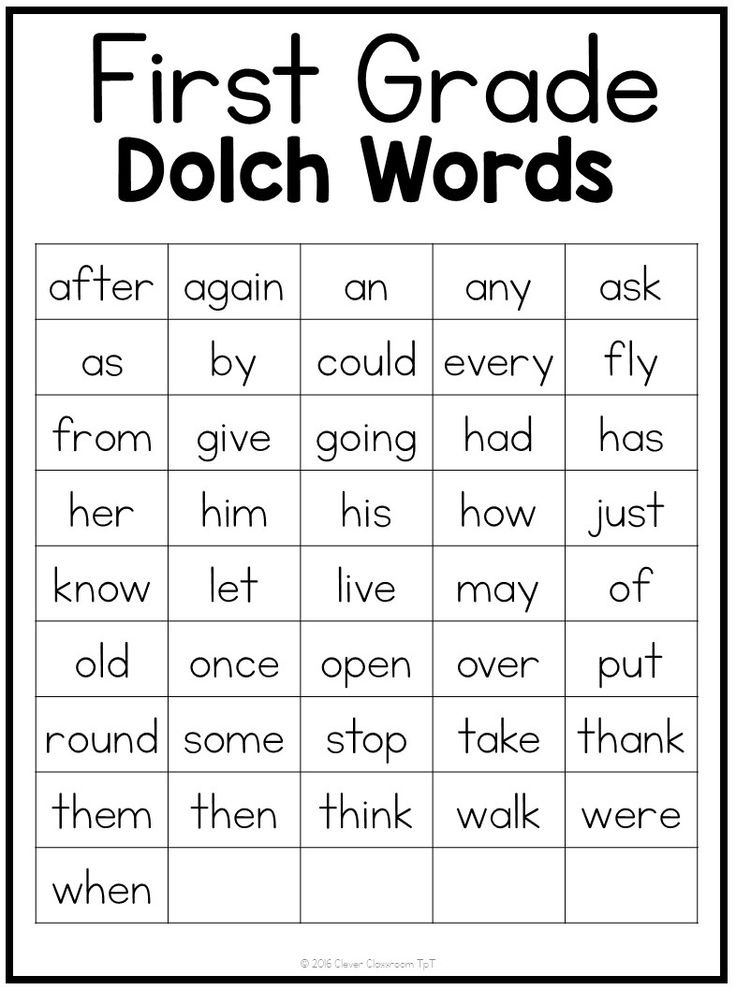 You can keep the other students engaged by giving them a thumbs up or thumbs down after each student spells a word.
You can keep the other students engaged by giving them a thumbs up or thumbs down after each student spells a word.
Advertisement
Resources and Word Games Online
Teachers and parents can make their own word sight word games, word search puzzles and crosswords puzzles.
- Use Dolch sight word activities to provide students with several different fun activities using sight words.
- Create stories using Dolch sight words. This fun lesson takes you from brainstorming to selecting the right sight words.
- Free sight word games provide you a list of free resources you can use for online games and activities for sight words.
- YourDictionary activities and lesson plans have many word games that can be printed out and used in the classroom.
- If you are looking for one site that has links to a lot of educational games, Gamequarium is it. Although it does not give specific grade levels, it covers many of them.
Using 5th Grade Sight Words
While 5th grade Dolch sight words aren’t available, you can find sight word lists for 5th graders.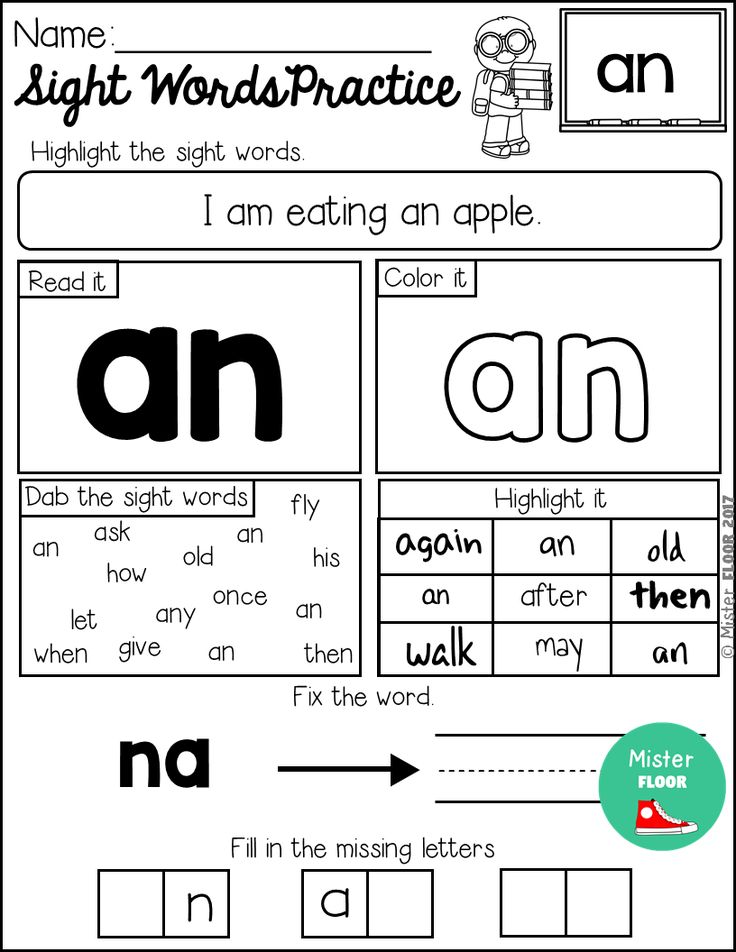 Keep skimming through YourDictionary sight word resources to find information on phonics and phonemes, sight words, comprehension, vocabulary, fluency, books, and lesson plans for teachers. Keep your exploration of teacher resources going by checking out commonly confused words worksheet.
Keep skimming through YourDictionary sight word resources to find information on phonics and phonemes, sight words, comprehension, vocabulary, fluency, books, and lesson plans for teachers. Keep your exploration of teacher resources going by checking out commonly confused words worksheet.
Staff Writer
- 5th grade
- elementary school
Related Articles
Teaching 3rd Grade High Frequency Words
Third-grade high-frequency words are easy to teach and learn when you use tools like words lists and word games. Learn what is meant by high-frequency words and how to learn these third-grade sight words with examples, fun activity suggestions and printable lists and worksheets.
Fun Sight Word Game Ideas for Kindergarten - 3rd Grade
Sight word games make learning sight words fun for kids in grades K-3.
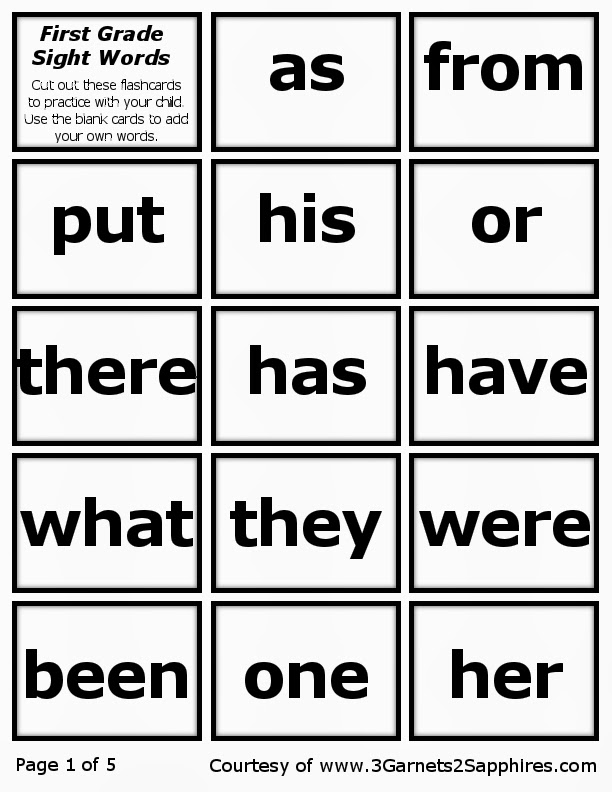 Whether you’re using Dolch sight words, Fry sight words, or Oxford sight words, interactive games can make grammar lessons more exciting.
Whether you’re using Dolch sight words, Fry sight words, or Oxford sight words, interactive games can make grammar lessons more exciting.
Psychology lesson in the 5th grade "Types of memory"
Psychology lesson in the 5th grade.
Subject: " Types of memory."
Purpose:
Show different ways of remembering.
Motivate children to train their memory.
Tasks:
Give an idea about the types of memory.
Show the relationship of different types of memory with the senses.
Teach different ways of remembering
Equipment:
Visual manuals (objects in a bag to determine tactile memory, posters for the development of visual memory, for physical education)
Course of the lesson:
Frontal survey:
- What is it memory?
- How does memory help a person and how does it hinder?
-What did you have to memorize recently? How did you do it?
Lesson topic announcement:
That's right, memory is one of the mental functions designed to store, accumulate, reproduce and forget information.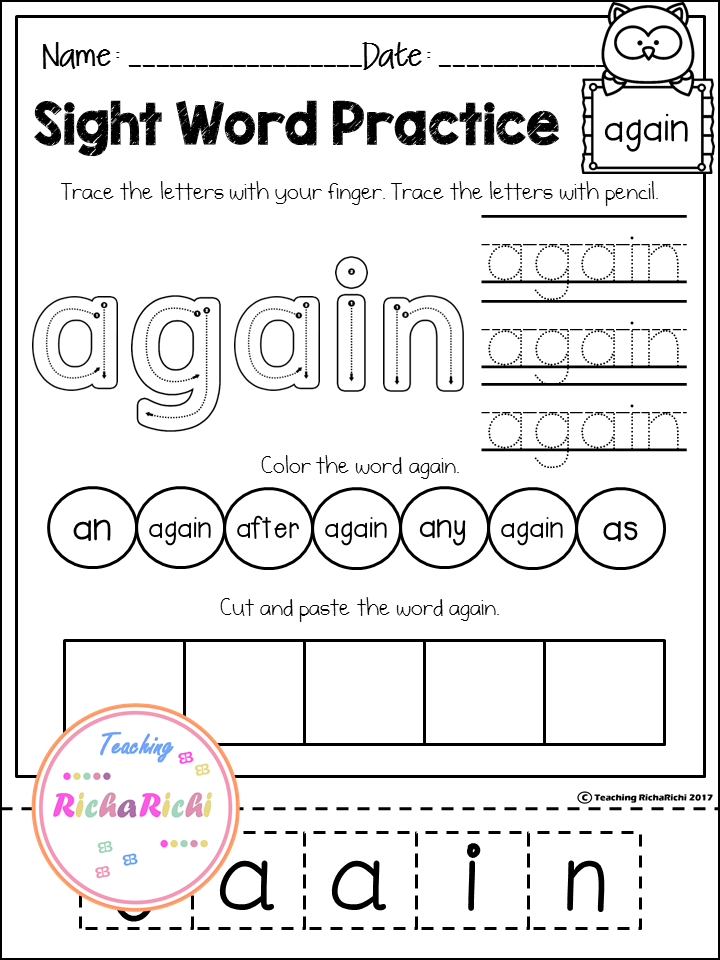
For us, memory is an important skill that is vital for every person. Without it, we would never be ourselves, would not be able to talk, and would not be able to think at all.
Today at the lesson we will learn that there are different types of memory. Let's learn how to choose different ways of remembering.
Conversation:
Can you remember what the first spring flowers look like? What does a cat's fur feel like? What do your favorite candies smell like and what do they taste like?
You must have been able to remember it easily. After all, you have often seen flowers, stroked a cat and eat candy.
Well, figurative memory helped you in this.
When they say New Year to you, you remember about (….Christmas tree?)
10 subject pictures are presented for memorization. At the same time, 10 words are read out, each of which is connected in meaning with one of the pictures.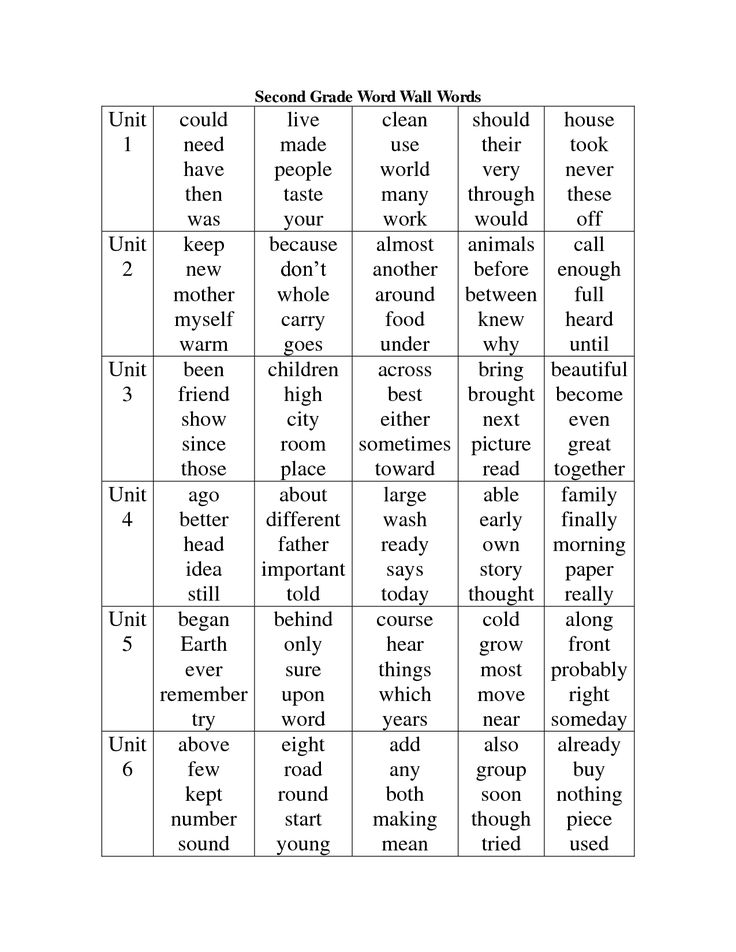 Children need to correlate images and words, explain their decision.
Children need to correlate images and words, explain their decision.
| Images in the picture |
| cows, chicken, vacuum cleaner, apple, pie, headphone, fish | 9007 9007 9007 9007 9007 9007, read, cleaning, sharp, garden, tasty, music, river |
When we talk about visual memory, we are talking about remembering (What?) correctly, what we see.
Let's check your visual memory. The sign is distributed.
Practical work:
And now look for 10 seconds at the same but filled table. Try to remember which object is shown in which cell.
Calculate your score. For each correct drawing you get 1 point.
Don't be upset if you score less than one of your friends. Visual, like other types of memory, can be developed.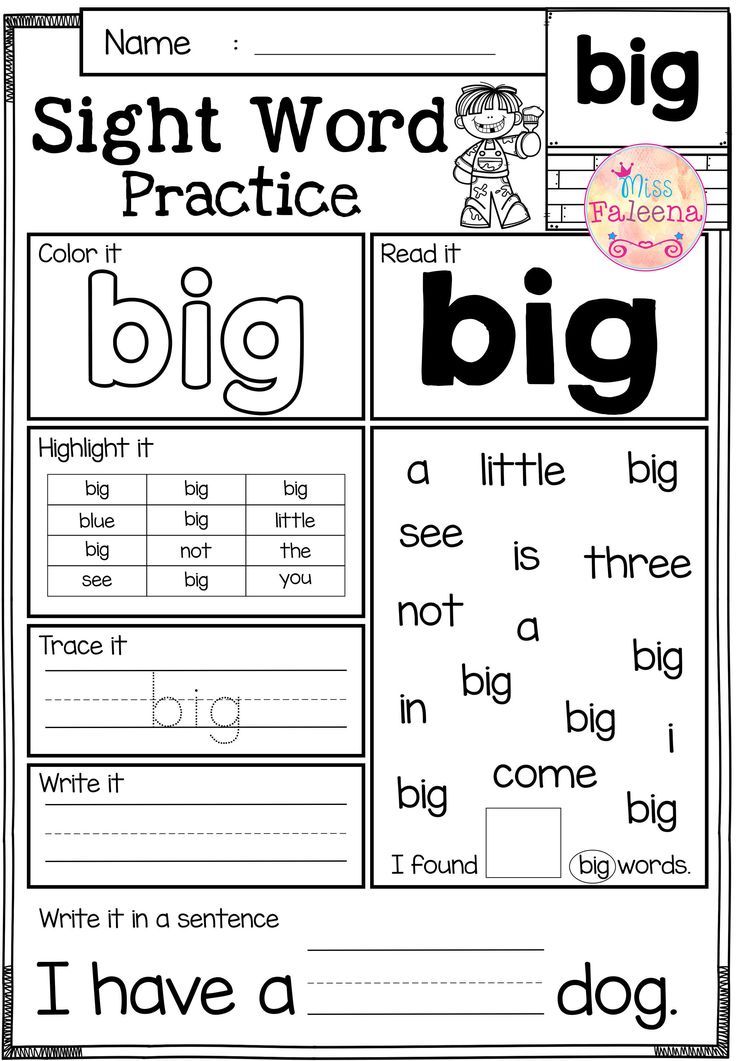 To do this, for example, you can imagine how each item from the tablet comes to life.
To do this, for example, you can imagine how each item from the tablet comes to life.
And here are the methods of memorization used by famous people.
As a child, Lincoln attended a rural school, the floor of which was made of split logs, and pieces of paper torn from notebooks and greased with grease served as glass in the windows. The school had only one copy of the textbook and the teacher read it aloud, and the students in chorus repeated the lesson after him. There was a constant buzz, and the neighboring residents called this school "the humming beehive." In this "humming hive" Lincoln acquired a habit that he kept for a lifetime; he always read aloud what he wanted to remember. Every morning, when he arrived at his law office, he would stretch out on the couch and read the papers aloud. “He bored me terribly,” said his companion. “Once I asked him why he read like that. He explained: “When I read aloud, the meaning is perceived by two senses: firstly, I see what I read, secondly, I hear it, and therefore I remember better.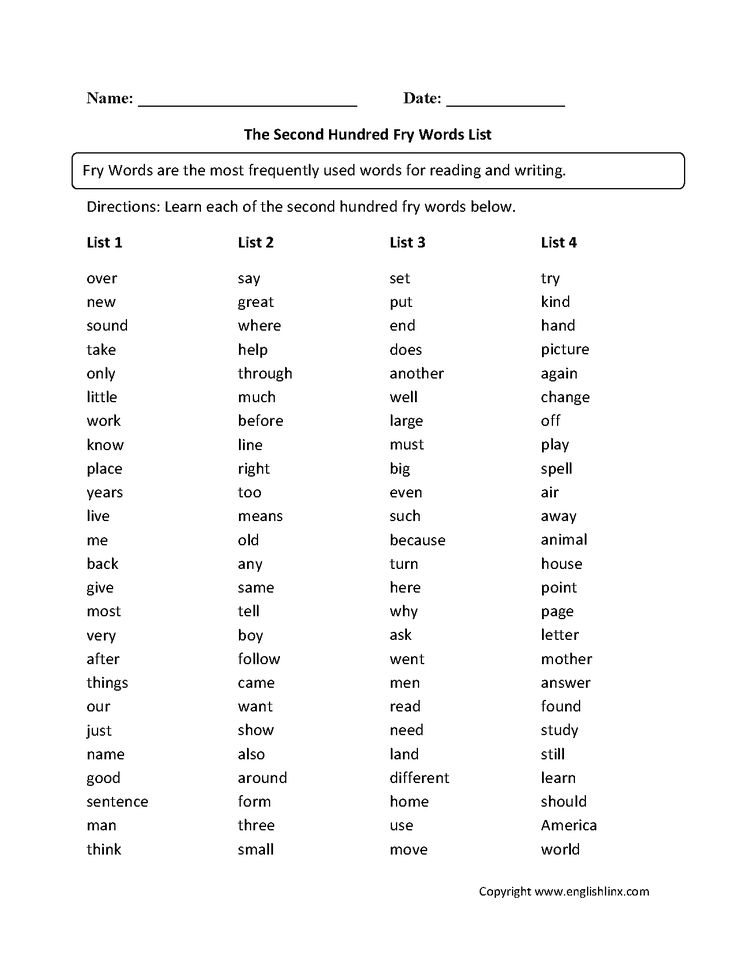 “His memory was unusually tenacious. “My mind,” he said, “is like a piece of steel. It is very difficult to scratch out something in it, but it is almost impossible to erase once written.”
“His memory was unusually tenacious. “My mind,” he said, “is like a piece of steel. It is very difficult to scratch out something in it, but it is almost impossible to erase once written.”
according to ancient chronicles, the great commanders Alexander the Great and Julius Caesar knew by sight and by name each of their warriors. But there were up to thirty thousand of them in the army.
- Cardinal Giuseppe Mezzofanti, curator of the Vatican Library, is said to have mastered 57 foreign languages.
- And the Italian pianist, conductor and composer Ferrucci Busoni memorized at once and later could reproduce any of the melodies he had ever heard.
- The famous chess player Alexander Alekhin could play blindly on 40 boards.
Napoleon read at a rate of 2,000 words per minute. For comparison: the majority of educated modern inhabitants of the planet are only 180-220. At the same time, the level of memorization and understanding of the text during fast reading is higher.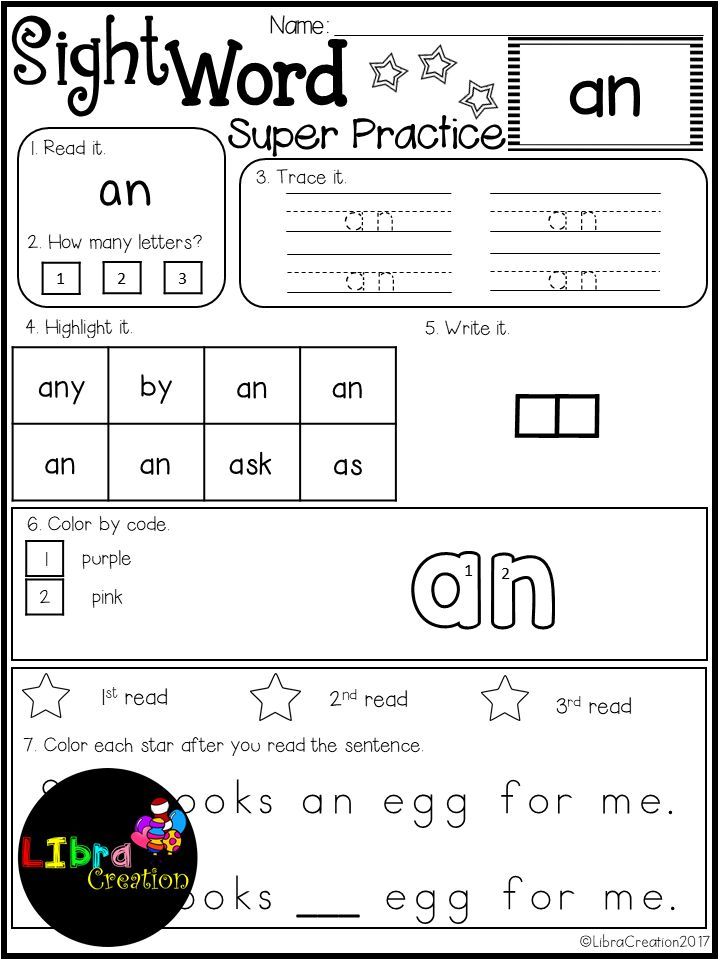
We are still far from such a memory, but if we use the commandments of MNEMOSYNE / the Greek goddess of memory /, then who knows….
-
Starting to memorize, set a goal - to remember for a short time, for a long time, forever.
-
It is better to read it twice and reproduce it twice than to read it five times without playback. (We read stories and retell them to grandmothers)
-
Consider the “edge rule”: usually the beginning and end of the information is remembered better, and the middle “falls out”.
-
The next rule is repetition! But this medicine must be taken wisely! No overdose here! Yes, oddly enough, psychologists have noticed that it is better to repeat the material 2 times with a break of 5-10 minutes than to repeat 6 times in a row!
-
And of course attention, attention and once again attention.
Now let's check how attentive you are:
There are ten objects on the table under a napkin.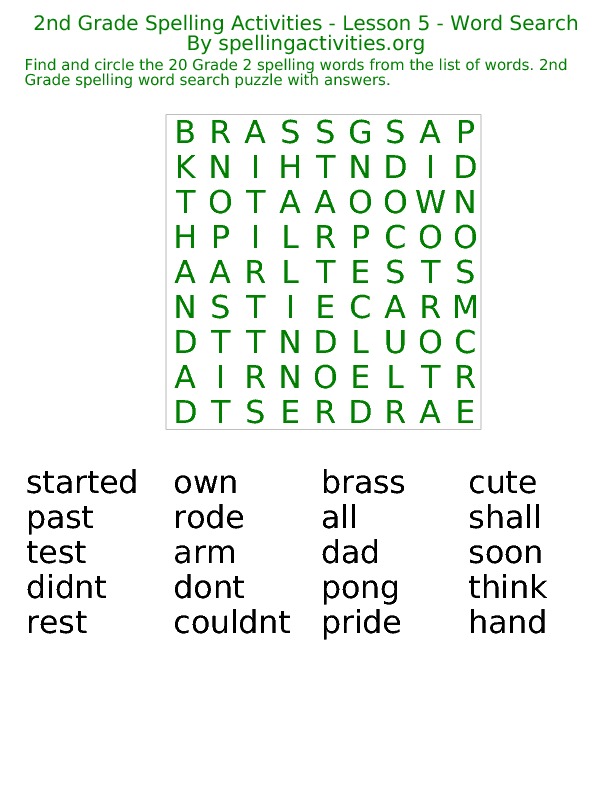 For five seconds you are looking carefully, you need to have time to “photograph” objects with your eyes. Try not to look from object to object, try to grab everything at once with your eyes. And then reproduce what you remember. The more items you name, the better. Now let's complicate the task. Imagine if I pull the tablecloth, which items will fall first and which will fall next.
For five seconds you are looking carefully, you need to have time to “photograph” objects with your eyes. Try not to look from object to object, try to grab everything at once with your eyes. And then reproduce what you remember. The more items you name, the better. Now let's complicate the task. Imagine if I pull the tablecloth, which items will fall first and which will fall next.
And what is auditory memory? You correctly guessed that auditory memory is connected with the organs of hearing (ears).
I will read the words to you, and you write them down after I read them to you.
House, river, doll, forest, dog, motorcycle, pie, flower, snow, sparrow, road, kettle.
You get 1 point for each correct word.
Comment : If you have written down from memory from 1 to 5 words, then you need to pay considerable attention to the development of memory.
If you managed to reproduce 6 or more words, then your memory is in perfect order.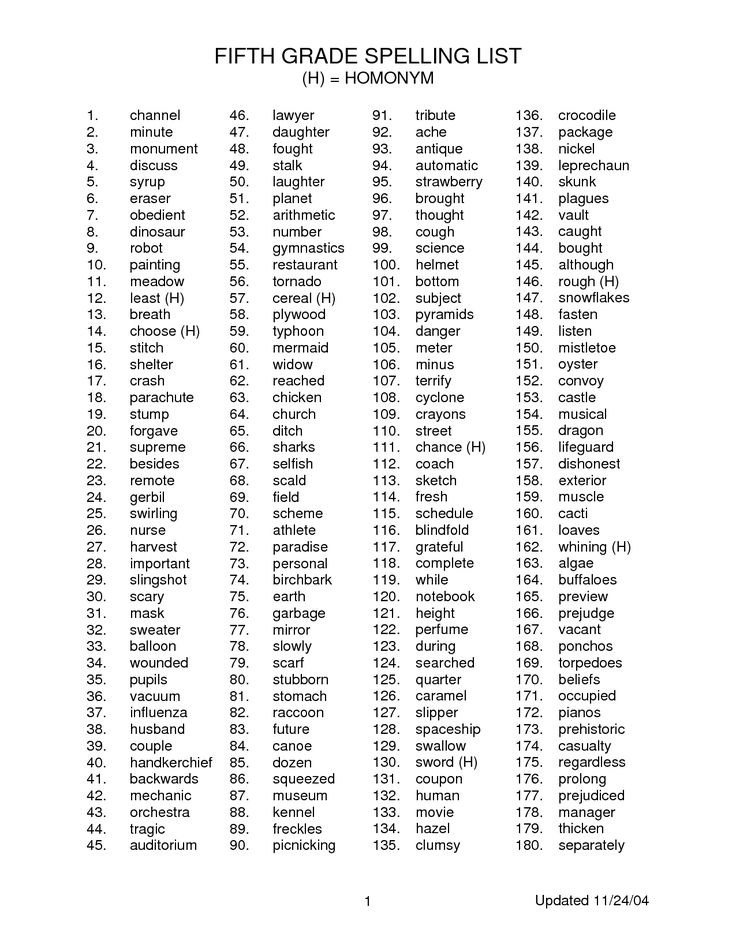
Physical Minute
Look at these people, memorize their movements, repeat from memory.
Now let's talk about tactile memory .
This is the ability to remember sensations from touching various objects. Your memory stores a lot of information about how certain objects feel to the touch. Smooth or rough, warm or cold, soft or hard, etc.
Try to close your eyes and explore with your hands the objects that are in my bag. Try to guess what you're touching.
Did it work? Well done! If you could not guess the object, then draw it in your notebook. Then write next to what it feels like. Then next time it will be easier for you to recognize him.
Lesson summary:
What did we talk about today?
What types of memory do you know? What sense organs are they associated with?
Think about the situations in which visual memory is very important for a person?
Which hearing aids?
In what situations - tactile, olfactory, gustatory memory?
So, now you know who has what kind of memory is better developed; how to improve your memory, with what exercises.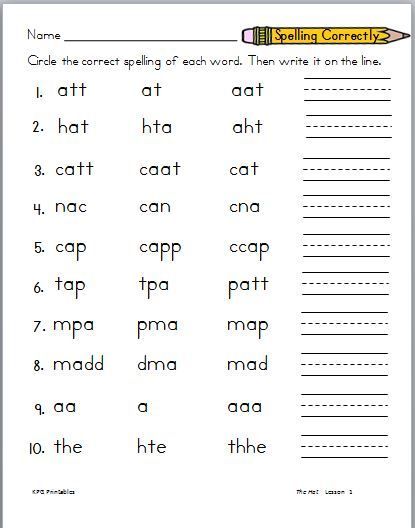 And in conclusion, I want to distribute handouts "How to develop memory" and exercises for training. In a month we will meet with you and you will demonstrate your successes.
And in conclusion, I want to distribute handouts "How to develop memory" and exercises for training. In a month we will meet with you and you will demonstrate your successes.
2
7 memory games for children and adults
Mnemonics July 30, 2020
Rating: 5
How to train memory for children and together with children, a speech therapist tells
Our memory is extremely interesting. Example: you just remembered what you wanted to take in this room, but when you crossed its threshold, you immediately forgot. Familiar? The children are the same. But there are two good news. First, memory can and should be trained. Second: we will tell you how to make it fun.
Together with a teacher-speech therapist, teacher of the speed reading course at SmartyKids centers Kristina Ignatenko.
The fashionable word "mnemonics" appeared not so long ago, but the mechanics themselves, which allow you to quickly memorize the necessary amount of information, have been known and used for more than a dozen years.
And they really work.
Game 1. Draw words
It is much easier to learn a poem or any other text if it is depicted schematically. You don't have to be a great artist to do this. It is much more important that the images that are born in the head of a child when reading a poem or text are vivid and memorable.
Try to draw a poem together, each on your own sheet, and you will be surprised how different the perception of the same words is.
Game 2. Making up a story
This game mechanic is great for training visual memory. We lay out several pictures in front of the child and offer them to remember, and in the correct sequence. How to do it? Come up with a story in which each subsequent picture is connected with the previous one, that is, the first with the second, the second with the third, etc.
Suppose you have a raccoon, bananas, ice skates, a rabbit, a birdhouse, a chest, a ship, and a school bag.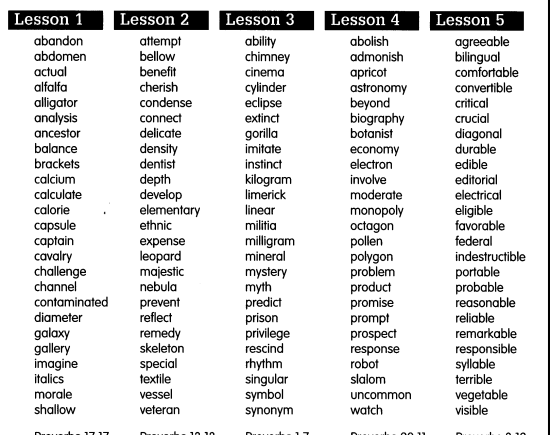 You can come up with the following story: A raccoon bought bananas in the market. Bananas lay in a tray next to the skates. The rabbit loved to skate. The rabbit hung a birdhouse for the birds in the winter. He found the birdhouse in a chest brought by pirates on a large ship.
You can come up with the following story: A raccoon bought bananas in the market. Bananas lay in a tray next to the skates. The rabbit loved to skate. The rabbit hung a birdhouse for the birds in the winter. He found the birdhouse in a chest brought by pirates on a large ship.
The number of pictures should be increased gradually. But a preschooler can easily memorize about 12-16 images at a time.
The more unusual the story, the easier it will be to remember. It also develops imagination and increases vocabulary.
Game 3. Vocabulary
Neuropsychologists are very fond of doing this test. They call seven or eight words that are not related to each other in any way, and the child must repeat them, first immediately, and then after some time.
You can learn words in the same way as pictures, forming a story out of them. And then not a single word will be lost even after a long time.
This game, if practiced often, will serve you well when you have to learn an endless number of definitions and rules.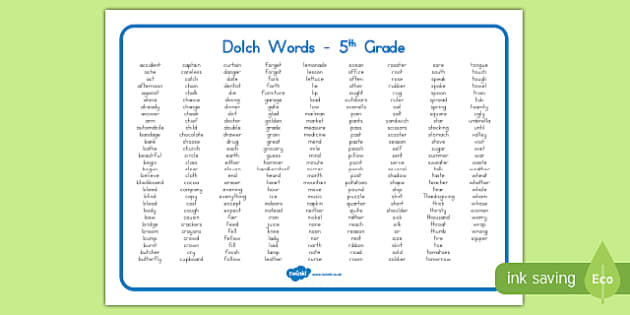 It will be enough for the child to isolate the key words from the sentences and memorize them, and the rest of the memory will pull itself up.
It will be enough for the child to isolate the key words from the sentences and memorize them, and the rest of the memory will pull itself up.
How to play? Early in the morning, write down a list of 5-8 words and say them to the children. Agree not to write them down. And in the evening, those who remember more words will have the opportunity to choose a movie to watch, a dessert for tea, or some other motivating bonus. And yes, you will also have to participate in the competition in order for everything to be fair.
Game 4. Memo
This is the most common game known to all ages. It is also called "find pairs." The pictures are laid out face down, and the task of the players is to find all the pairs in the least number of moves. The beauty is that you can use this mechanic not only in its finished form, but also adapting it to your needs.
Can't a child learn this or that formula or spelling? A4 sheet, scissors, a pen or felt-tip pens and a little of your patience.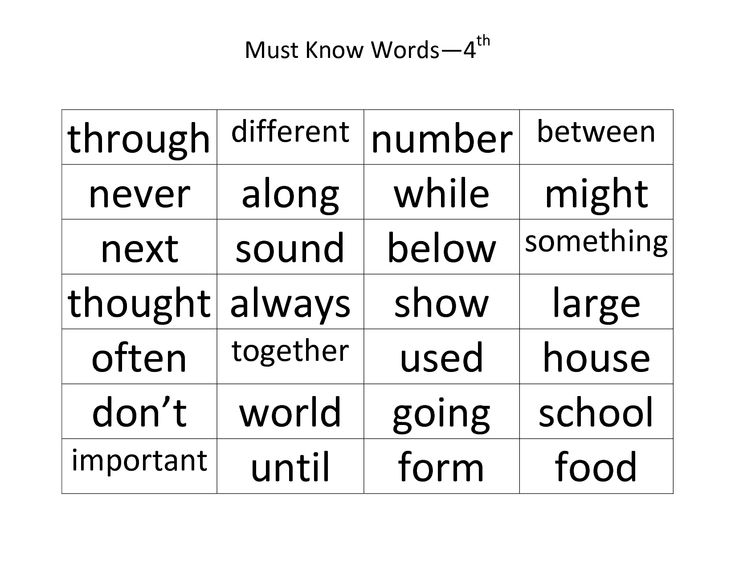 Or you can find just the right images on the web and print them in the right format. You can create an infinite number of useful memories.
Or you can find just the right images on the web and print them in the right format. You can create an infinite number of useful memories.
Visual memory together with auditory (every find is pronounced) will help to remember any material.
Don't forget to switch roles. Often, children are much more successful at play than adults.
Game 5. Snowball
Now this game is often used by business coaches, calling it different buzzwords. When meeting people, they pass each other a ball and say their name, and the next one after him calls his own and the previous one.
Many funny and useful variations can be created from this one game. You can gather with children on a hike and train what to take with you; you can go to the sea - then on the next trip the child will pack his suitcase much faster; or to school; and also cook dinner, remembering the recipe for a particular dish; work out the morning checklist of mandatory tasks and evening rituals.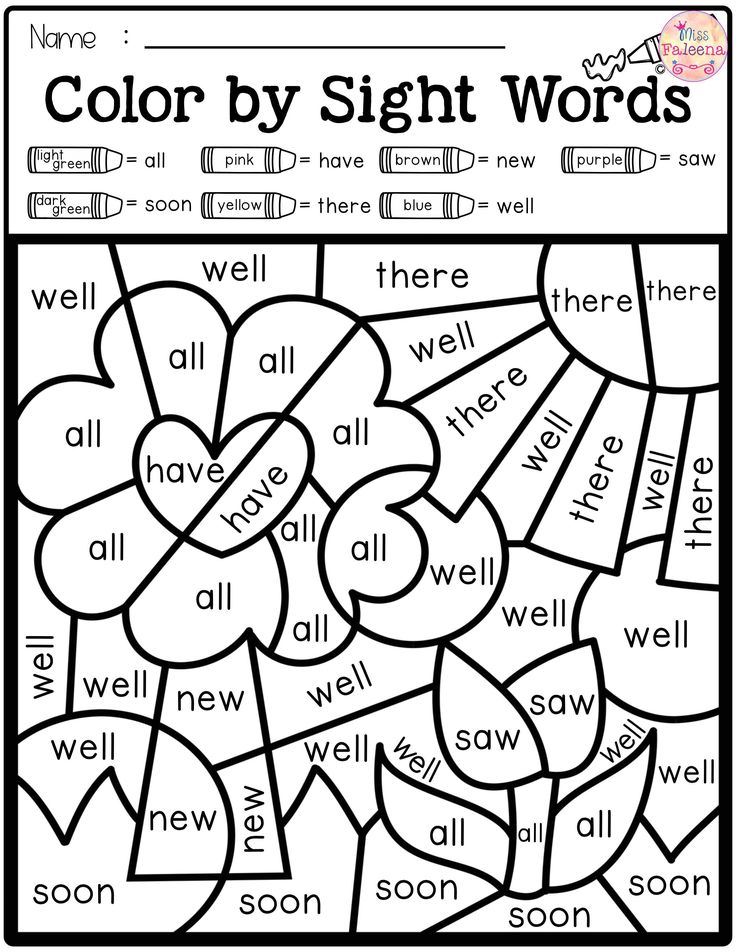
Constantly looking for keys and not finding them in the right place? So, this game will also be useful for you.
By the way, this game can be great to use while cleaning the nursery. “I put the doll back in place, I put the doll and truck back in place, and I put the doll, truck and markers back in place.”
Game 6. What is gone
Constantly looking for keys and not finding them in the right place? Like the TV remote, and mascara, and your favorite toy? So, this game will also be useful for you. It develops not only memory, but also attention.
The essence is simple: we lay out five or six objects in front of the child and ask them to remember them and their location. The child turns away, and you can swap objects, remove something, or, conversely, add.
Don't forget to switch roles. Often, children are much more successful at this game than adults.
Game 7. Repeat the pattern
This is the most meditative memory game ever.